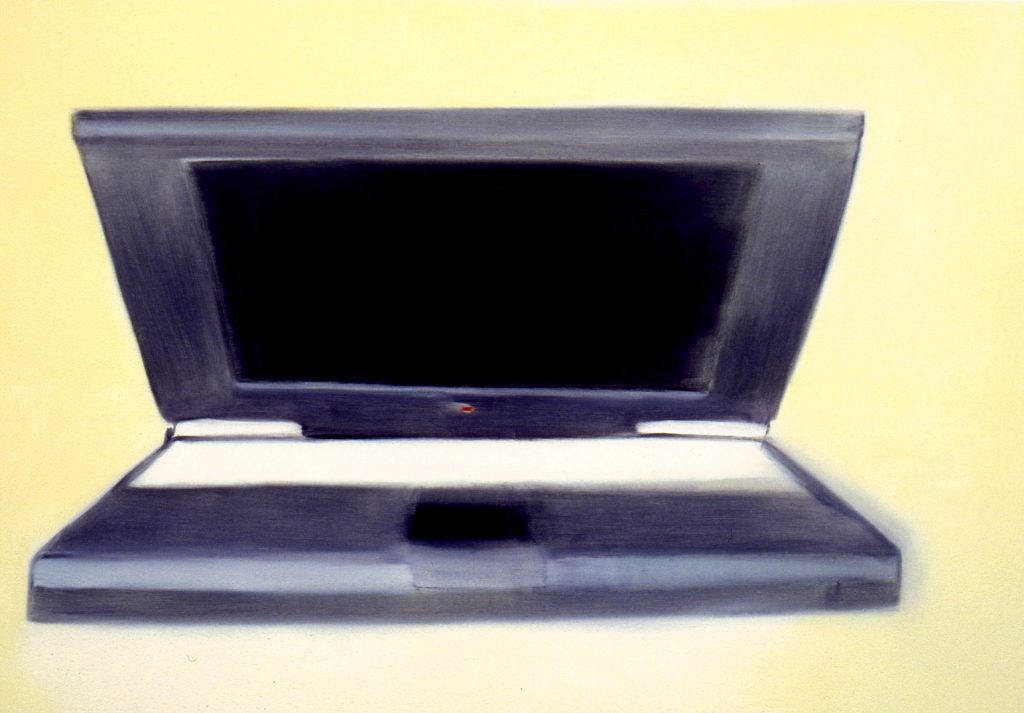An Interview With Gallerist Tarrah Von Lintel
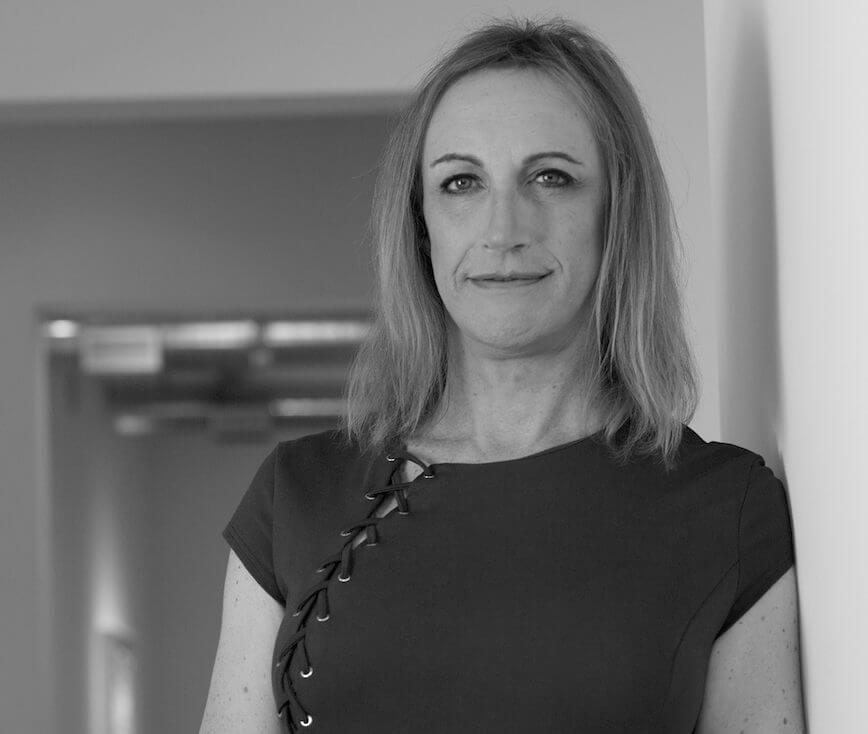
Gallerist Tarrah Von Lintel began her career in Paris, working first with Galerie Claire Burrus and then Thaddeus Ropac before opening her own gallery in Munich in 1993. Her gallery featured many New York artists – some of whom she continues to represent today – leading her to move to Chelsea in 1999. After 15 successful years in New York, Von Lintel relocated to a new space in the Culver City neighborhood of Los Angeles. Three years after, she inaugurated an old-world-inspired Salon at the back of the gallery. Von Lintel fully transitioned from male to female in 2016.
FRONTRUNNER caught up with Von Lintel to talk about her the changing landscape of the art world, her current exhibitions, and the city of Los Angeles.
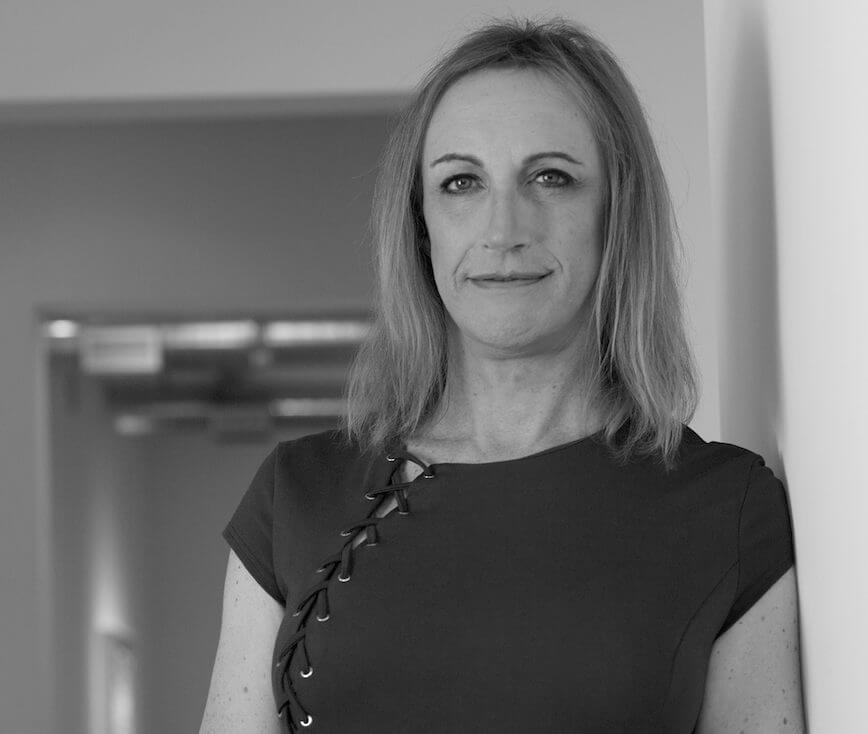
Photo credit: Melanie Willhide
You have two shows up right now: Klea McKenna’s Generation and Michael Waugh’s Trust In Me, both through October 20. Can you tell me a bit about your history with each of the artists and how you became familiar with their works?
Klea McKenna was first included in a group show called Unique in 2013 when the gallery was still in New York. Generation is her third solo show at Von Lintel Gallery. In 2003, I curated a show called Abstraction in Photography at the gallery, and ever since I’ve been fascinated by experimental or lensless photography. I’d actually become aware of Klea’s work when she sent me an invitation to an exhibition she was opening in San Francisco that piqued my interest.
Michael Waugh exhibited with friends of mine in New York about ten years ago. I was so drawn to his vision that I even purchased one for myself. I still live with that drawing today. After that initial encounter, I began to include his work in group exhibitions I curated, convincing anyone who would listen to buy his work. Michael’s gallery in New York closed few years ago and I’ve been showing his work in our space since. This is our second solo exhibition together.
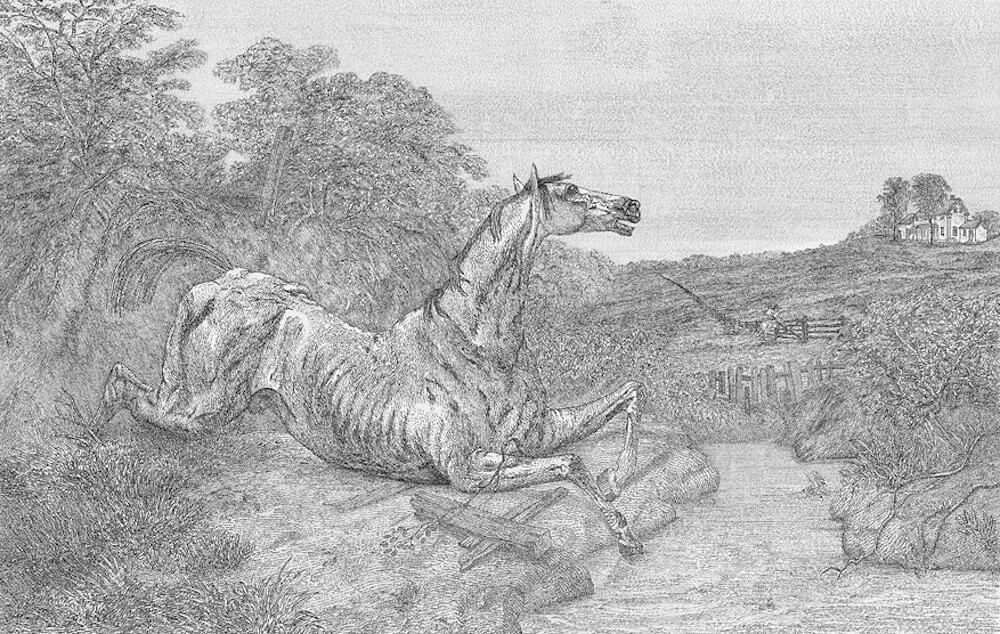
The Unraveling (FCIR, part 8), 2015
Ink on mylar
59.5 x 90.5 inches (151.1 x 229.9 cm)
Unique
Courtesy of Von Lintel Gallery, Los Angeles
In Generation, Klea McKenna presents evocative photograms of antique textiles worn by women at different eras in the past. In one way these images are oblique portraits of the women who wore these objects. In another way the images are an interesting conversation between two mediums — photography and textile crafts — art forms both with a long history relating to women’s work. Might you comment on this?
It’s true that both photography and textiles have had a particular relationship to women. Both have been more readily accessible as vernacular and democratic mediums compared to some other art forms. Yes, both mediums were not even seen as “art” for much of art history. However, Klea’s engagement with these two mediums is more visceral than simply a connection between the two. She forces flat photography, which is supposed to be about sight and a more distanced way of knowing to be about touch. It’s a subversion of the traditional role of photography and brings a fresh immediacy to it. Textiles appealed to Klea as subject matter because of their relationship to the body; these objects often endure longer than the lives of people who made and wore them. Yet something of these people is still there — the textiles also readily reveal their own fragility in a way that we often conceal. By picturing clothing and textiles this way she is embracing the flaws and imperfections of a messy tactile world in which our history is written into the objects we live with.
Michael Waugh’s drawings are composed of painstaking handwritten words transcribed from various significant documents and rendered so as to create his images. Can you tell us a bit about the meaning of this process?
There are both personal and conceptual motivations to this process and often they overlap; viewers can feel this tension when they realize that an artist has spent months making a single artwork and years doing and mastering one technique that has led up to the creation of a single work. Looking at his drawings there is always a moment when the viewer realizes that this work is serious business; that the artist has deeply invested himself in this art and that this is not a joke.
Animals appear in a number of Waugh’s works — dogs, birds, horses. What do you see as their role?
Animals offer viewers a subject that is deeply familiar — an entry point both for people with a deep knowledge of art history as well as people who simply love animals. The subtle ways that he then de-familiarizes these images is what becomes the most interesting.
Do you see a relationship between these two exhibitions? If so, what would that be?
Both artists use their own unique process to engage the viewer, force us to look closer and ask questions. In this way, they expose us to an incredible amount of detail that we would otherwise probably not be aware of or engage with. Klea and Michael are both exposing people to new streams of information and urging their viewers to ask questions that re-asses their relationship with what is seen.
Do you have favorite works from either show?
Since I have the advantage of ‘living’ with the work for many weeks a favorite almost always emerges. For Klea McKenna it would be Growing Field. The amount of detail she manages to draw out of this cloth with her process is baffling; the texture of the work reminds me of the commercial tin ceiling tiles so prevalent in New York’s old commercial buildings. When I remember that Klea lifted this intricate and yet delicate pattern off of an antique textile and transformed it into an image that looks so dimensional is just amazing.
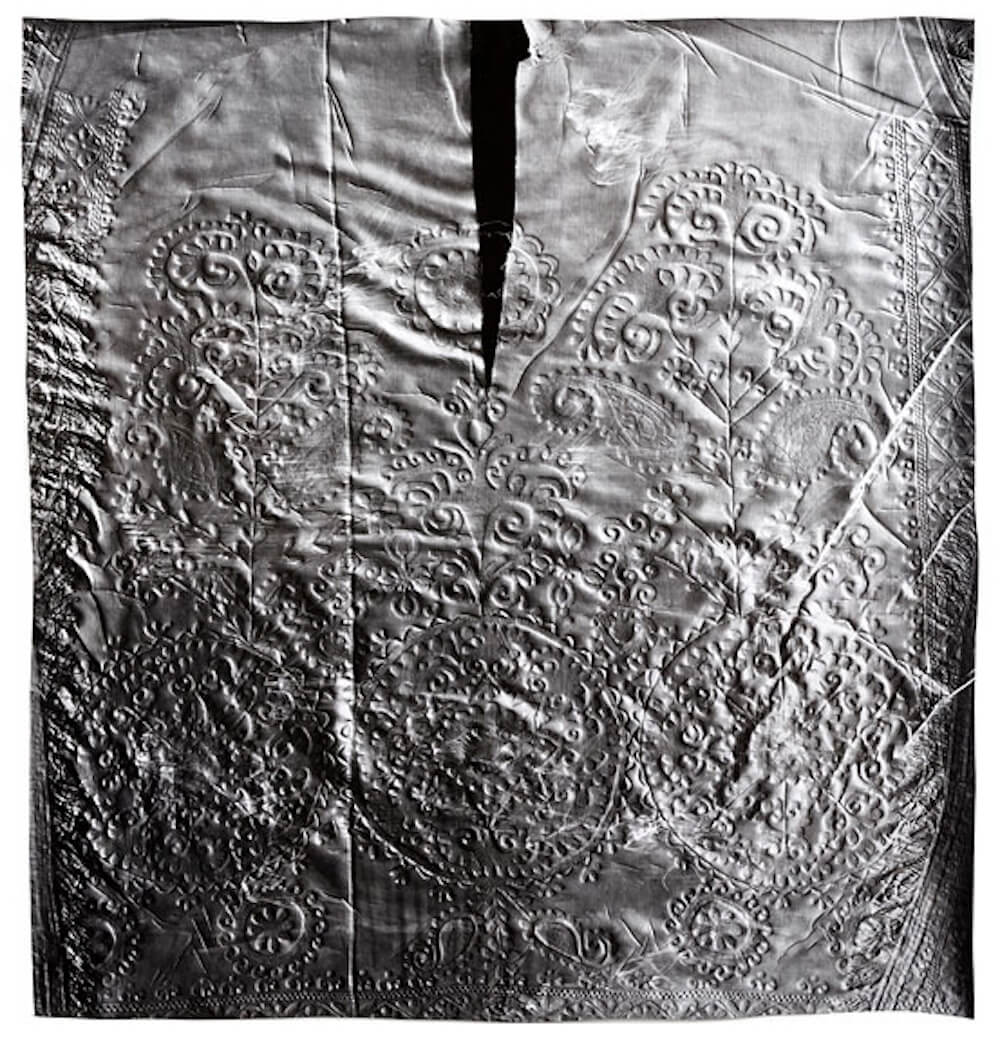
Growing Field (1), 2018
Unique photographic relief Photogram on gelatin silver fiber paper
Impression of a hand-embroidered decorative horse blanket made for a wedding celebration, Uzbekistan (Circa 1920s -1940s)
42 x 40 inches (106.8 x 101.6 cm)
Unique, Verso
Courtesy of Von Lintel Gallery, Los Angeles
For Michael Waugh it would be his monumental drawing The Unraveling (FCIR, part 8). The sheer size of the work (60 x 90 inches) is enough to make you stare at it in disbelief. It took Michael four months to transcribe this part of the Financial Crisis Inquiry Report into this drawing. From afar The Unraveling (FCIR, part 8) looks like a huge 19th-century print. The jaw slackens the closer you come to the work and it becomes apparent that every single mark on this piece of paper is a letter that makes up the entirety of the drawing/text.
After more than a decade in New York, you relocated your gallery to Los Angeles. What would you say are the differences between art scenes in these two metropolises?
Los Angeles’s current art scene feels incredibly active, similar to the energy New York had in the 90s when I moved to the city. Recently there has been a huge influx of artists to Los Angeles, which has invigorated the local scene from new galleries to new museums. In New York, there are fewer and fewer possibilities for artists because of the incredibly high rents in Manhattan and surrounding areas. It creates a corporate feeling. Many well-known artists are seeking to exhibit in Los Angeles because of the city’s pulse, which is in turn encouraging established galleries to open branches here.
What would you say are the major challenges & issues for the art world, and those working in it, today?
Social Media has changed the way we consume images and will continue to do so. If you were interested in pictures fifteen years ago, you could either buy magazines or books, go to galleries or museums, buy art or make art. Those were all the options. Today we look at hundreds if not thousands of images each day and at break-neck speed. Art that reveals itself slowly and which is trying to establish a dialogue with the viewer thoughtfully over a long time does not fit this new landscape. We spend more and more of our time with our heads in our phones and are becoming ever more accustomed to buying everything online. It is my belief that good art needs to be seen in person to be understood. The challenge is becoming to motivating people to see the art in person.
Anything exciting on the horizon?
In 2018 we introduced a Salon in the back room of the gallery as a wilful counter-reaction to current modes of public interaction with contemporary art. It’s even complete with furniture collaboratively designed by Galerie Carole Decombe. My hope is to move away from the nexus of Instagram-Image-hopping and endless aisles of homogenous art fairs in destination locales. I plan to continue to expand on this Salon ‘Talk to Me’ format with more active programming in the hopes of a return to a more intimate social conversation around the experience of art.







